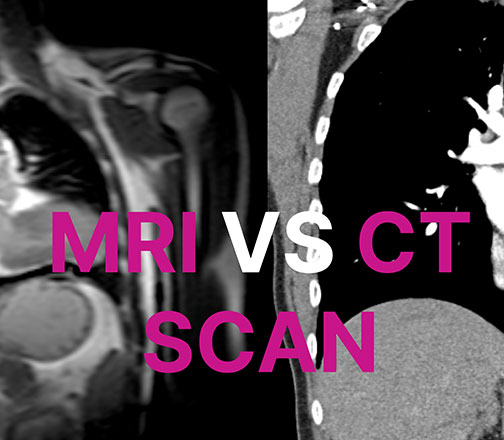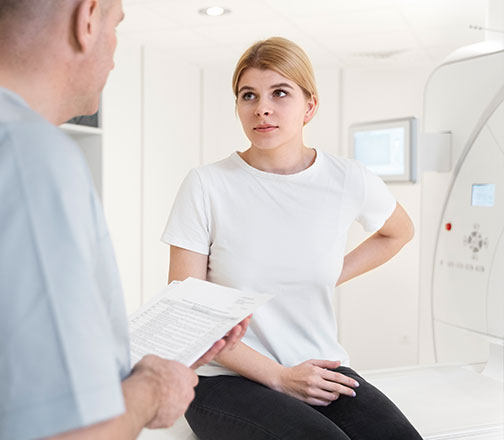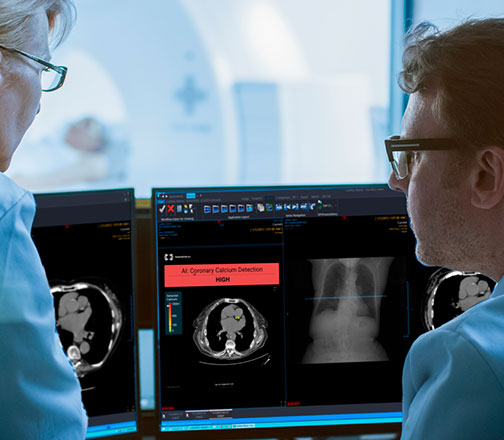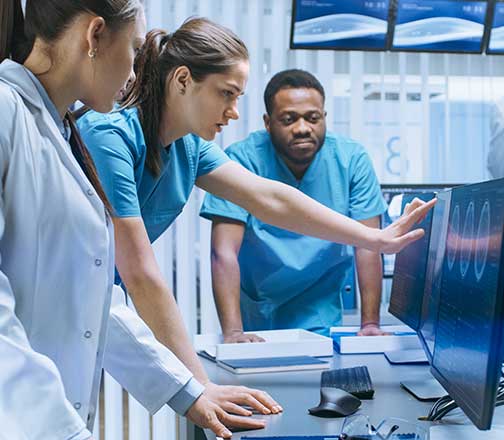Spinal Pain: Surgery or Tough It Out
 Nov 14, 2024
Nov 14, 2024

Back pain can be debilitating and it can occur at any age and at any time. At times, the pain is a direct result of a traumatic incident, like a car crash, a fall, or even pregnancy. Oftentimes, back pain starts without any perceivable correlating or causative event. You can suffer with back pain at a young age or it can start later in life. Research has shown that about 41% of adults with back pain are 18 to 44 years old1.
No matter when or how back pain appears, it can severely impact your quality of life. Recent studies have shown that 8.2% of American adults have chronic severe back pain, and nearly 75% of those with chronic severe back pain have difficulties with mobility, social participation, self-care, or work participation2. An estimated 75-85% of Americans experience some form of back pain during their life and 50% of patients who suffer from episodes of low back pain will have recurrent episodes within one year3.













